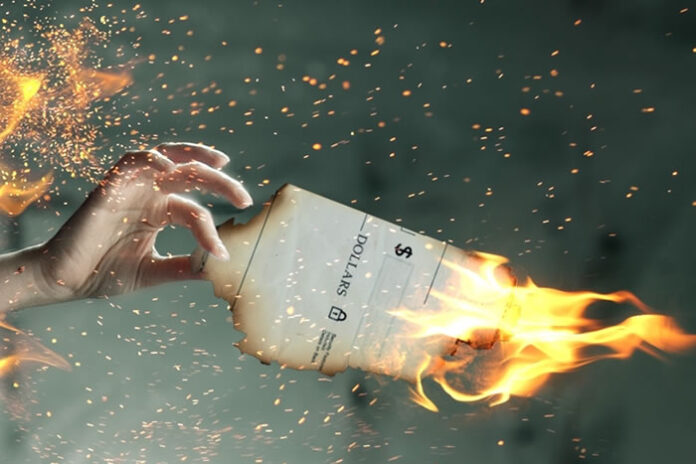Digital payments processes are seeing record level adoption in the wake of the COVID-19 pandemic, but there is still a long way to go for companies to streamline B2B transactions. On a weekly if not daily basis, clients will freeze when asked about bill pay automation, while simultaneously lamenting the labor intensity of dealing with invoices and the expense of providing card payment options to buyers.
MYTH: B2B payments are mostly digitized.
Depending on the industry, between 40%-55%of B2B payments are made by paper check, lagging significantly behind the consumer market where digital payments innovations reign supreme. Expectations from consumer transactions are quickly permeating B2B commerce. Can you imagine making a purchase from your phone and having to mail a check to the merchant?
MYTH: Paying bills using legacy processes is the best way to manage company spend
Most research on invoice processing focuses on accounts receivable and the cost associated with collecting from prospective buyers. But what about the companies paying the bills? Coupled with long billing cycles, extremely high error rates, and an average cost of >$16 per invoice, bill paying processes for B2B buyers need an overhaul. Put simply, “The check is in the mail” is costing your company money.
MYTH: Implementing digital solutions is cost prohibitive
While following a standard accounts payable or bill pay procedure may appear to be the way forward for companies still reeling from the COVID-19 pandemic, there are better ways to manage spend and employee time. The key question for many of my clients is, “How much is this going to cost?” or “How many people will lose their jobs if we implement this solution?” For most companies, automating bill payments to suppliers saves an average of $16 per invoice, with the added benefit of saving accounting departments several hours per week. The overall effect is a solution that pays for itself in less than one year, with the added benefit of work hours being shifted to other strategic initiatives.
FACT: The way forward is automated, digital, and data driven
The market for Accounts Payable automation services will grow to over $3 billion dollars in the next three years, which means if you are not already looking for better ways to pay your company’s bills, your competitors definitely are. There are not only price advantages to paying suppliers digitally, but knowing exactly where your money is for which purchase means you can better control company finances.
As B2B companies look to the rest of the decade, innovation cannot be one-sided. Strictly focusing on accounts receivable automation will not solve the myriad problems in B2B payments. Technology first and data focused solutions will transform how businesses pay bills in the next few years. Early adopters can not only benefit from adopting innovative processes, but position themselves to outpace competitors in a market ripe for disruption. The key is to seek out AP automation pioneers, particularly those bridging the gap between accounts payable and accounts receivable. Look for innovators in the payments space that focus not only on automation and digital transformation but using artificial intelligence and data to solve the complexities of bill pay processes.















